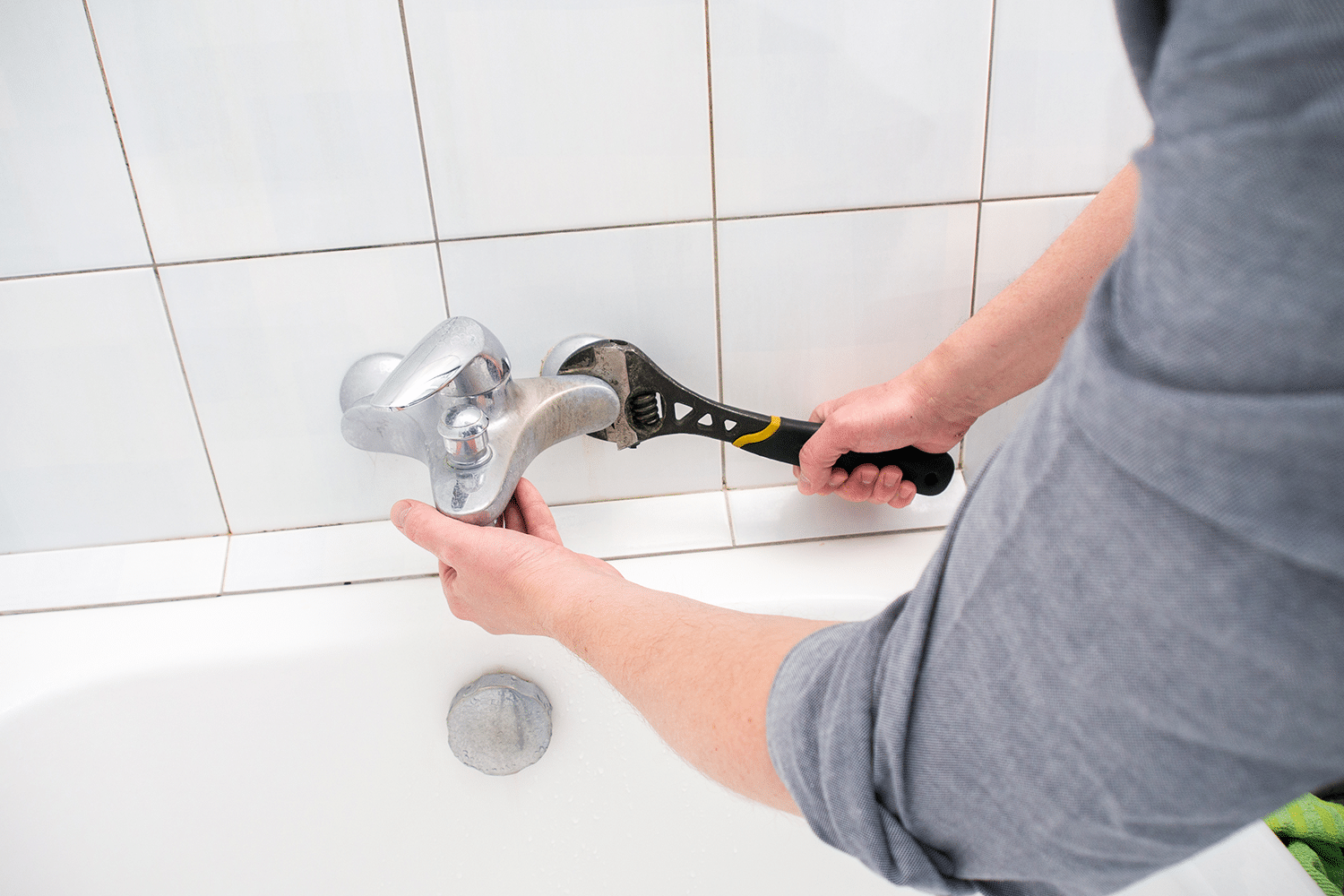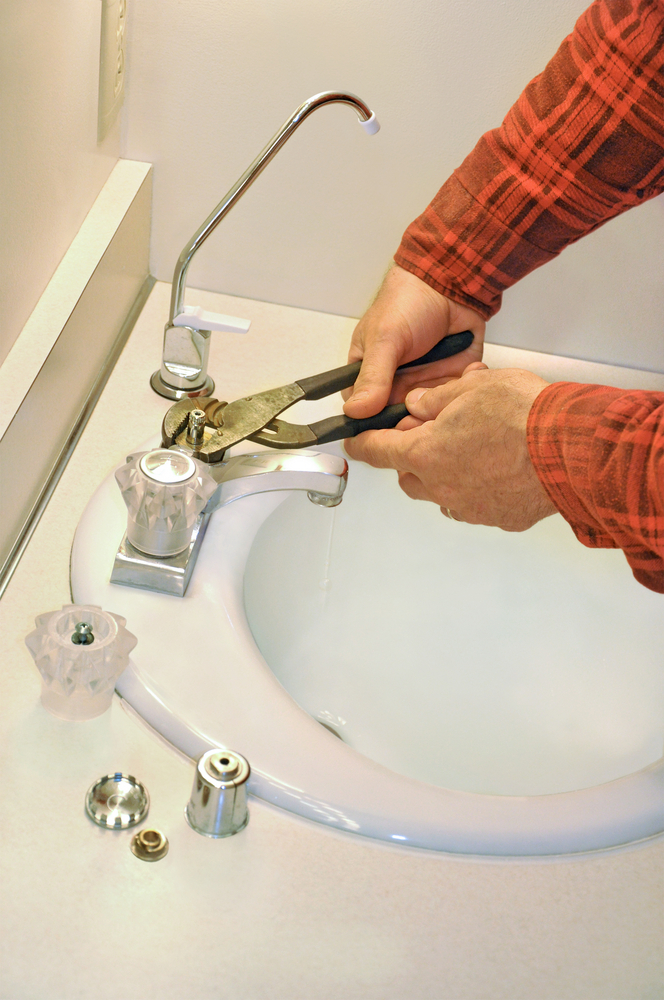Why It's Essential to Mend a Broken Faucet
Why It's Essential to Mend a Broken Faucet
Blog Article
Each person will have his or her own way of thinking in relation to 4 Common Reasons for a Leaky Faucet.

Dripping faucets could seem like a minor aggravation, but their effect surpasses simply the inconvenience of the noise. From wasting water to incurring unneeded economic costs and wellness risks, disregarding a leaking tap can bring about numerous consequences. In this article, we'll delve into why it's important to resolve this usual house concern without delay and effectively.
Wastage of Water
Ecological Influence
Dripping faucets contribute considerably to water waste. According to the Epa (EPA), a single tap dripping at one drip per second can lose greater than 3,000 gallons of water per year. This not only pressures water resources yet additionally affects environments and wildlife depending on them.
Financial Expenses
Enhanced Water Costs
Beyond the environmental effect, dripping faucets can inflate water costs considerably. The collected wastage with time converts right into higher energy costs, which could have been prevented with prompt repair services.
Prospective Property Damages
In addition, long term leaking can lead to damage to components and surface areas bordering the faucet. Water buildup can trigger staining, rust, and even structural issues if left neglected, resulting in added repair prices.
Wellness Concerns
Mold And Mildew and Mold Growth
The consistent visibility of moisture from a leaking tap produces an ideal setting for mold and mildew and mold development. These fungi not only endanger indoor air high quality however additionally pose health and wellness risks, especially for people with respiratory system conditions or allergies.
Waterborne Illness
Stagnant water in leaking faucets can end up being a breeding ground for germs and other pathogens, raising the danger of waterborne diseases. Impurities such as Legionella germs flourish in stationary water, potentially causing severe diseases when consumed or inhaled.
Do it yourself vs. Professional Repair
Benefits and drawbacks of Do It Yourself Repair Service
While some may try to repair a dripping faucet themselves, do it yourself repair work come with their very own collection of obstacles. Without proper expertise and tools, do it yourself attempts can exacerbate the issue or result in incomplete fixings, lengthening the issue.
Benefits of Employing an Expert Plumber
Hiring a specialist plumber makes sure that the underlying reason for the leaking tap is dealt with effectively. Plumbings have the competence and equipment to identify and fix tap issues successfully, saving time and minimizing the threat of further damage.
Step-by-Step Guide to Taking Care Of a Dripping Faucet
Tools Needed
Prior to attempting to take care of a dripping faucet, collect the necessary devices, consisting of an adjustable wrench, screwdrivers, replacement components (such as washing machines or cartridges), and plumber's tape.
Usual Tap Issues and Their Solutions
Identify the type of tap and the specific concern creating the drip. Usual issues consist of damaged washing machines, rusty shutoff seats, or damaged O-rings. Describe producer instructions or on-line tutorials for step-by-step support on repairs.
Preventive Measures
Regular Maintenance Tips
To prevent dripping faucets, perform regular upkeep such as cleaning up aerators, checking for leakages, and replacing worn-out components promptly. Additionally, take into consideration mounting water-saving tools or upgrading to extra efficient components.
Importance of Prompt Fixes
Addressing trickling taps as soon as they're seen prevents further water wastage and potential damage, inevitably conserving both water and cash over time.
Impact on Property Value
Assumption of Well-Maintained Property
Keeping a building in good condition, including dealing with upkeep problems like leaking faucets, boosts its perceived value and worth amongst potential purchasers or lessees.
Impact on Resale Value
Properties with well-kept plumbing fixtures, consisting of taps, command higher resale worths in the real estate market. Resolving trickling taps can contribute to a favorable impression during residential or commercial property examinations and negotiations.
Environmental Obligation
Individual Contribution to Preservation
Taking duty for dealing with leaking faucets lines up with broader efforts toward water conservation and ecological sustainability. Every individual's actions jointly make a substantial influence on protecting precious sources.
Sustainable Living Practices
By prioritizing prompt fixings and embracing water-saving routines, individuals add to sustainable living methods that profit both present and future generations.
Verdict
Attending to a trickling tap surpasses plain convenience; it's an essential action toward saving water, minimizing economic costs, and safeguarding health and wellness and building. Whether via do it yourself repair services or professional help, acting to take care of trickling faucets is a little yet impactful means to advertise accountable stewardship of resources and add to a much healthier, much more sustainable future.
How to Fix a Leaky Faucet: Step-by-Step Repair Guide
A leaky faucet may seem like a simple annoyance, but if it's not fixed promptly, that leak could cost hundreds to potentially thousands. From water damage to mold, mildew, and high water bills, even a tiny leak can be catastrophic if left unattended. Damage like this can even affect the overall value of your home, so it's important to take the right approach for leaky faucet repair. You may need the help of a plumber in some cases, but we've got a few tips you can try on how to fix a leaky faucet before calling the pros.
Four Faucet Types
When you're learning how to fix a leaky faucet, the first step is knowing what kind of faucet you're working with! There are four common types.
Cartridge Faucets
Cartridge faucets come in one- or two-handled varieties. In one-handled cartridge faucets, hot and cold water combines in a single cartridge. In the two-handled versions, hot and cold water are controlled separately and mixed in the faucet.
Ball Faucets
Ball faucets have a single lever you push up and down to adjust the pressure and rotate to change the temperature. A slotted metal ball controls the amount of water allowed into the spout.
Compression Washer Faucets
They're the oldest type of faucet, but they're still used in many homes — especially older ones. Compression faucets have two separate handles that, when turned, raise or lower the washer that seals a water valve. This valve stops water from flowing through the faucet when it is turned off.
Disc Faucets
Disc faucets rarely need to be repaired due to their maintenance-free design. The water flow is controlled by two discs — the upper one raises and lowers against a fixed lower disc, creating a watertight seal. If your disc faucet starts leaking, you may need to replace the seals or clean residue buildup from the inlets.
Fixing a Leaky Faucet
Step 1: Turn Off the Water
Whether you're learning how to fix a leaky bathtub faucet or how to fix a leaky kitchen faucet, always turn off the water supply to your working area when you're fixing a leak. The last thing you want is a flood added to your list of things to fix.
Look for the shutoff valves below your sink or around the tub and turn them clockwise to stop the water flow. If your faucet doesn't have shutoff valves, you may need to turn off the water for the whole house. Check to make sure it's off by turning the faucet on. If nothing comes out, you're ready to start the repair.
Step 2: Take Apart the Faucet
How you disassemble your faucet depends on the type of fixture you have. You can use a flathead screwdriver to remove the caps on top of the handle or handles for cartridge and compression faucets. Inside, you should see handle screws. Unscrew these with a screwdriver to remove the handle.
Disc- and ball-style faucets will typically have an inlet screw near the handle, and removing that will reveal the interior of the faucet.
Detach the Valve Stem
For cartridge- and compression-style faucets, you'll see the inner valve stem or cartridge once you remove the faucet handles. If you have a compression faucet, unscrew the brass valve stem. If you have a cartridge faucet, pull out the cartridge. If your cartridge has been in place for a while, it may require some tools or extra force to remove it due to mineral deposits.
Examine and Replace Parts
Once you've removed the parts, check them out to confirm what needs to be replaced. You may see corroded rubber washers, O-rings, stems, or cartridges. On a ball-style faucet, check the seats and springs for damage.
If you need to repair a leaky disc faucet, check the inlet and seals on the lower disc.
Once you determine what parts must be replaced, visit your local hardware store. Bring the damaged parts with you to ensure you can purchase the correct components to replace them.
Clean Valves and Faucet Cavity
If you've removed a stem or cartridge, you may notice mineral buildup in the faucet's threads. Use white vinegar to clean the valve seat by soaking it for a few minutes, then scrub it away with a soft toothbrush and rinse with warm water. You can also clean the interior of the faucet in the same way.
Reassemble the Faucet
Once your faucet is cleaned and the required parts have been replaced, it's time to reassemble it. Put the pieces back together and slowly turn the water supply back on. Doing this slowly is crucial because too much initial water pressure can damage the new hardware you've just installed.
https://homewarranty.firstam.com/blog/how-to-fix-leaky-faucet

As an enthusiastic reader on 4 Common Reasons for a Leaky Faucet, I imagined sharing that post was a good thing. Sharing is caring. Helping people is fun. We cherish your readership.
Report this page